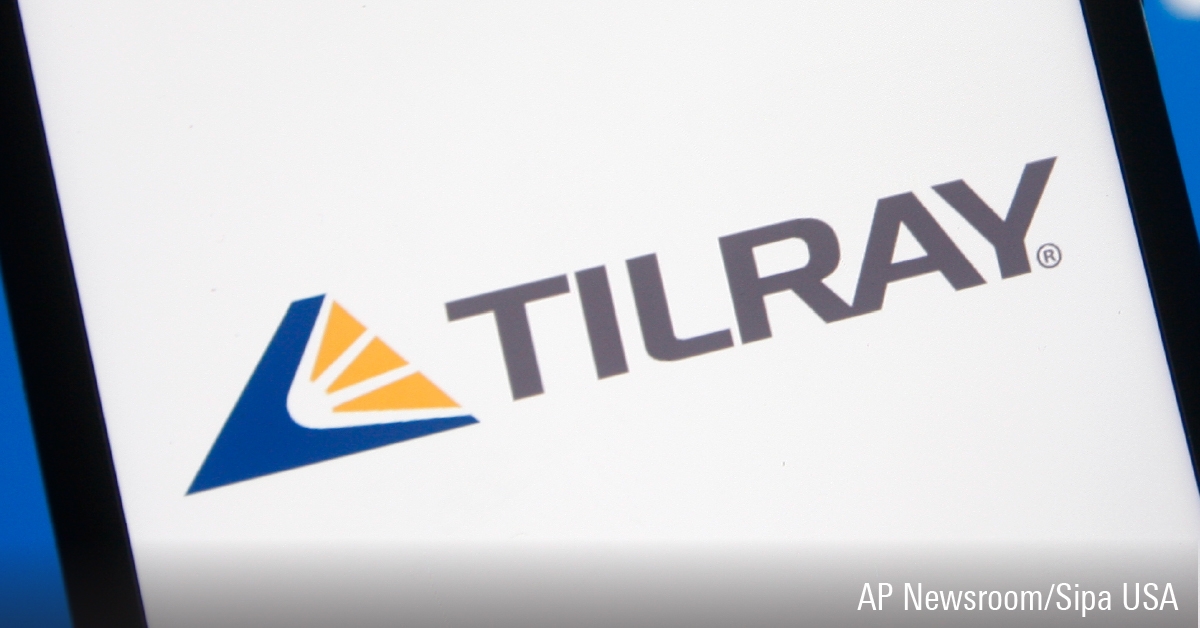In Thinking, Fast and Slow, Nobel Memorial Prize in Economic Sciences laureate Daniel Kahneman summarizes decades of work he has done to better understand the way that we think. The book’s title alludes to the two speeds, or in Kahneman’s terms, systems, that we use to process information. System 1 is fast, System 2 is slow. System 1 allows us to respond quickly to external stimuli with limited information. System 2 is more pensive and calculated. Each has its own benefits and drawbacks and together they can help explain the various cognitive biases that Kahneman and his close collaborator Amos Tversky documented.
We owe System 1 an immense debt of gratitude. Were it not for our ability to react quickly, we would not be here. System 1 kept our ancestors from being mauled by megafauna. And while System 1 is still very useful to us, there are many modern-day applications where it can do more harm than good. Investing is one of them.
After an unusually placid 2017, markets have been in tumult. The pain has been pervasive. In 2018, 79% of Morningstar’s 105 U.S. fund categories had negative returns. This was the highest percentage since 2008.
With nowhere to run to and nowhere to hide, it’s important to be aware of how we are conditioned to respond to such situations and think of ways we can avoid succumbing to our instinct. Here, I will revisit one of the seminal works from the field of behavioral finance, which explores how investors respond to and demand to be compensated for risk. I will also share my thoughts on one way we might be able to better cope with market environments like the one we are experiencing today.
Nearsightedness
In their paper “Myopic Loss Aversion and the Equity Premium Puzzle,” Shlomo Benartzi and Richard Thaler introduced a concept they called myopic loss aversion. Myopic loss aversion is an attempt to marry two pre-existing lines of research. The first of these is the equity premium puzzle. We know that over very long periods stocks have outperformed bonds—by a lot. According to data from Ibbotson SBBI, a dollar invested in U.S. large-cap stocks in 1926 would have grown to U.S.$7,353 by the end of 2017. If you invested that same dollar in Treasury bills, it would have become U.S.$21. Stocks should offer higher returns than bonds because they are riskier, but the magnitude of this outperformance is puzzling.
The second party in this marriage is loss aversion. Investors feel more pain when they lose money than they do pleasure when they make money, so they demand high compensation for taking chances. Loss aversion also leads investors to check their portfolios regularly.
Benartzi and Thaler claim that these two effects can help solve the equity risk premium puzzle. They found that investors who checked in on their portfolios once each year behaved as though they had a planning horizon of one year (even though their planning horizon—a measurement of how far away they were from their long-term goal—may have been decades away). But the odds of losing money in risky assets with positive expected returns, like stocks, declines with time. Benartzi and Thaler argue that investors’ perception of risk increases as they check in on their portfolios more frequently, so they demand a large equity risk premium to compensate for the greater variability of returns. This nugget, in the authors’ own words, is most relevant to this discussion:
“The longer the investor intends to hold the asset, the more attractive the risky asset will appear, as long as the investment is not evaluated frequently.”
The further we remove ourselves from the inexplicable day-to-day gyrations of the market, the less risky we will perceive our investments to be. This, in theory, should help us to stay the course.
Don’t Look
Talk is cheap. Suffering through losses is far more taxing than any picture or thousands of words can capture. Most investors’ reaction to market malaise is visceral. Many may be permanently scarred by experiences like the global financial crisis. Their memory of these events can have a lasting effect on their willingness to take risk.
So how might we be able use what we know about myopic loss aversion to bypass System 1 to avoid responding to the markets’ troubles in a way we will later regret? I think the simplest way—though it’s far from the easiest—is to simply stop looking. How often do you check your portfolio? Once a month? More? Less? As the exhibit lays bare, the more often you check in on your portfolio, the more likely you are to be disappointed with what you see.
I think that the less often we look at our portfolios, the less likely we’ll be upset and tempted to tinker. Tinkering rarely—if ever—helps us meet our long-term goals. It more likely results in costs, both directly measurable and implicit. The measurable costs include commissions and taxes. The largest implicit cost of tinkering is opportunity costs. Missing out on tremendous market returns because you have been parked in cash for the past 10 years, still shell-shocked from the last bear market—that’s an opportunity cost. Over the long term, the market will do most of the heavy lifting for us, assuming we are along for the ride.
So, if you have a long enough time horizon, stop watching business news. Forget your login to your brokerage account. Your ignorance of the day-to-day fluctuations of your portfolio will likely yield blissful results. For those that have more immediate spending needs (retirement, a large purchase, and so on), it’s more difficult to tune out. That said, positioning your portfolio more conservatively can help. First, it will boost your odds of meeting your spending needs. And perhaps just as importantly, reining in volatility will curb your urge to peek.















